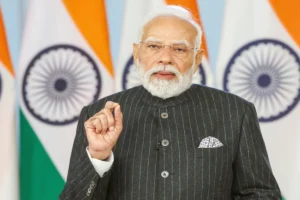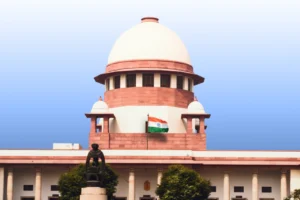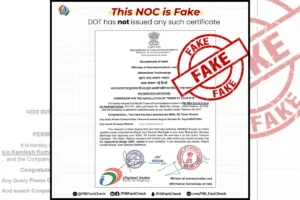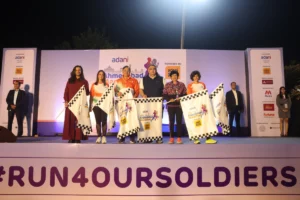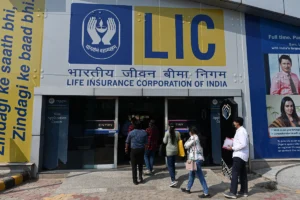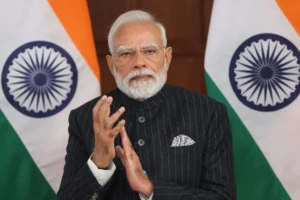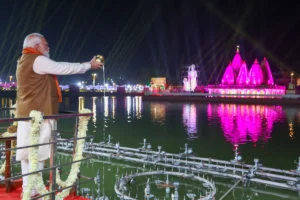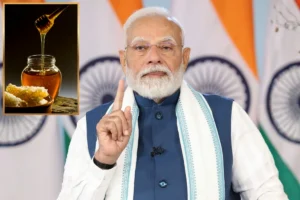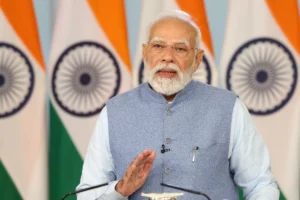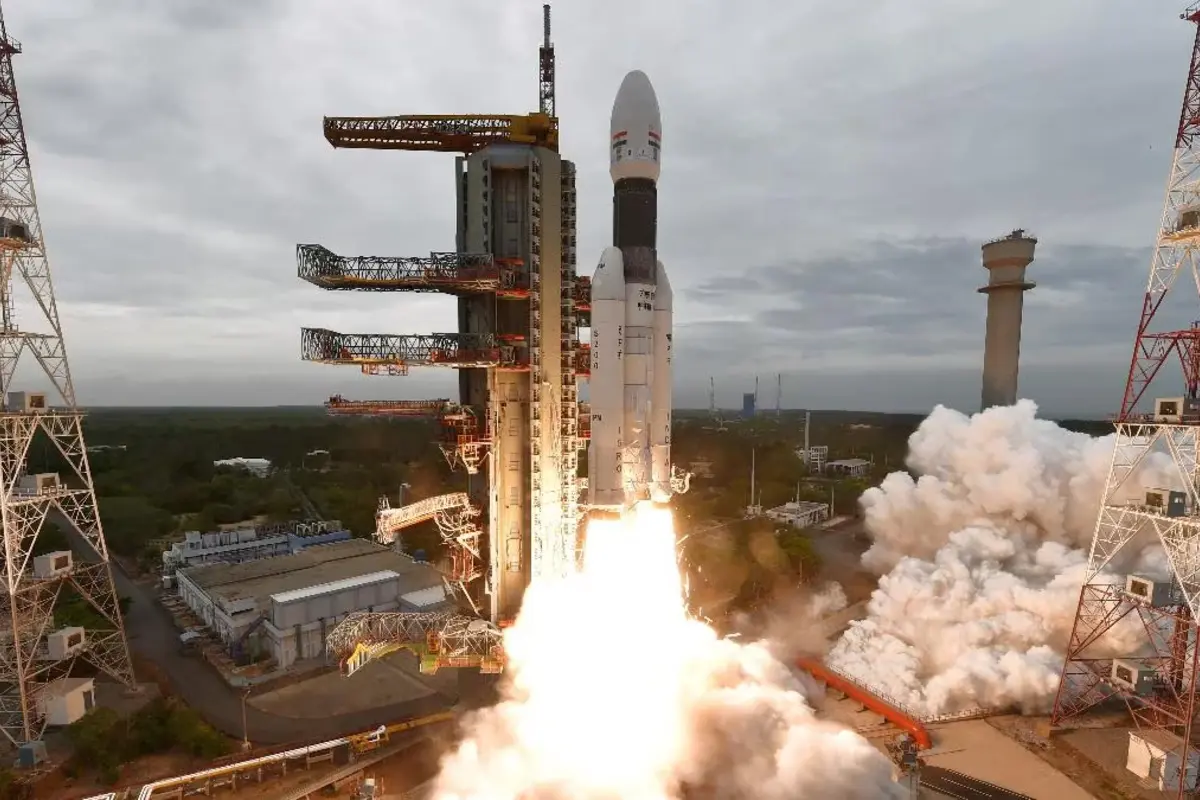
Chandrayaan-3 Updates: According to ISRO, the Pragyan rover has travelled eight metres on the surface of the moon and its payloads have been activated.
India made history on August 23, 2023, when it sent its Chandrayaan-3 spacecraft’s Vikram lander to the south pole of the Moon for the first time. India is the fourth nation to achieve this.
The 26-kg, six-wheeled “Pragyan” rover emerged from the lander’s belly a few hours after the historic landing. The rover has travelled around eight metres on the lunar surface, and its payloads have turned on, according to the most recent information from the Indian Space Research Organisation, or ISRO.
What is known so far about Chandrayaan-3’s lunar mission is as follows:
1. The photograph taken by Vikram’s camera was the first to be revealed by the ISRO a few hours after the soft landing on the Moon on August 23. “It displays a section of the landing site for Chandrayaan-3. A leg and its shadow are also visible. On the lunar surface, Chandrayaan-3 picked a relatively flat area, the spacecraft said on X (formerly Twitter).
2. The space agency’s Mission Operations Complex (MOX) in Bengaluru and the lander have established a communication contact, according to the ISRO. The ISRO Telemetry, Tracking and Command Network (ISTRAC) is where the MOX is situated. The Lander Horizontal Velocity Camera captured photographs during the Lander’s descent to the Moon’s surface, which were also made public by the ISRO.
3. Chandrayaan-3’s robotic rover rolled out of the lander and began mobility operations on August 24 morning, with all activities proceeding as planned and all systems operating normally, prompting the ISRO to announce that “India took a walk on the moon”.
4. The Lander Module(LM) payloads have all been turned on, according to the ISRO. “Everything is happening as planned. Systems operate normally. The ILSA, RAMBHA, and ChaSTE Lander Module payloads are now operational. Mobility operations on the Rover have started. It stated in a message on X that same evening that the SHAPE payload on the Propulsion Module had been switched ON.
5. On August 25, a video of the Pragyan rover stepping out of the Chandrayaan-3 Vikram lander and traversing the lunar surface was taken.6. The space agency made another film demonstrating the Pragyan’s roll-down using a two-segment ramp. It claimed that the rover could produce power thanks to a solar panel. Prior to the rover rolling down, the video also demonstrated how the ramp and solar panel were quickly deployed.
Also read: Supreme Court To Remain ‘Closed’ In View of G20 Summit On September
7. The Chandrayaan-3 mission’s Pragyan rover travelled around eight metres on the lunar surface that evening, according to an ISRO update, and its payloads were turned on. The propulsion module, lander module, and rover payloads are all operating normally, according to the national space agency, which has its headquarters in Bengaluru.
8. On August 26, the ISRO said two of the three Chandrayaan-3 mission objectives have been achieved while the third — in-situ scientific experiments — is underway. The national space agency also said all the payloads of Chandrayaan-3 mission are performing normally.
9. Earlier in the day, Prime Minister Narendra Modi announced the decision to name the spot where Vikram lander made the soft landing as “Shiv Shakti Point” and the site where the Chandrayaan-2 lander crash-landed on the Moon’s surface in 2019 would be known as “Tiranga Point”.
10. Also, August 23, the day the Chandrayaan-3 lander touched down on the lunar surface, would be celebrated as ‘National Space Day’, Modi said.
“We are eagerly anticipating the next 13 to 14 days” The majority of Chandrayaan-3’s scientific mission objectives will be met immediately, according to ISRO Chief S Somanath, who stated this on Saturday. The ISRO team is eagerly anticipating the upcoming 13–14 days.
The majority of the goals of the scientific mission will soon be achieved. All of the Land Rover and vehicles are turned on. I am aware that the scientific evidence is overwhelming. But over the next 14 days, we’ll continue to collect a tonne of data from the Moon. And while doing so, we hope to achieve a significant scientific advancement. Therefore, we are eagerly anticipating the following 13 to 14 days,” Somanath remarked.
Following the momentous achievement of the moon mission, Somnath made his maiden trip to the state capital of Kerala.
When asked about Aditya-L1, the first observatory in India to study the sun from space, Somnath responded that the satellite had arrived at Sriharikota and was ready.
He stated that the launch is anticipated to occur in the first week of September and that the precise date would be revealed in two days.
To read more such news, download Bharat Express news apps







